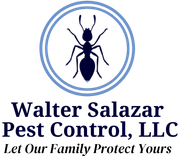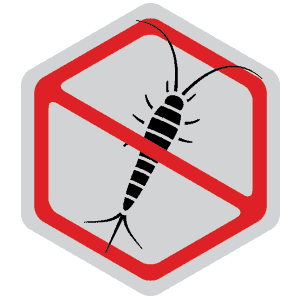Pests Insects, ticks, parasites, and mollusks, harm plants, creatures, and designs in numerous ways. The harm might give pieces of information about the character of the vermin. BPC Pest Control has solutions for plants affected by insects.

Even though nuisances are available, the degree of harm they are making may not be of enough financial significance warrant control measures. The potential for mischief might be more prominent at certain times than others. For instance, pests that harm leaves in the spring are generally more hurtful to a plant than pests that harm leaves in the pre-fall when the plant is going to lose its leaves.
Vermin of Plants
A few pests and pest-like nuisances feed on plant leaves. For some plants, the departure of a couple of leaves won’t cause diminished yield. In any case, when pests eliminate most or each of the leaves from a plant, the plant is killed or is left hindered and useless. The larval stage (caterpillars) of certain butterflies and moths can cause expensive harm. Models remember wanderer moths that feed on trees and imported cabbage worms that feed on cabbage leaves. A few creepy crawlies are likewise leaf-eating pests, including the Colorado potato insect and the Mexican bean scarab. Snails and slugs feed on plants around evening time. They tear openings in foliage, organic products, and delicate stems, utilizing a grate-like tongue. They might eat whole seedlings. As they move, snails and slugs leave an ooze like the mucous path that dries into brilliant streaks. These streaks are unwanted on botanical and fancy harvests and on the pieces of yields that are to be sold for human food. A few pests bore into foster inside the natural product, grain, or other plant parts. Typically the larval stage causes harm during taking care. Since they are inside the plant, these nuisances frequently cause huge harm before they are identified. They are likewise more challenging to control when they are inside the plant. Inward feeders incorporate boll weevils, rice weevils, birch leaf excavators, and codling moths. The larval phase of certain pests and pest-like pests bore into stalks or stems. This damages the plant by debilitating the tail or stem and by keeping water and food from streaming openly inside the plant. Debilitated plants might blow over or shrink because of the harm. Instances of these drills incorporate European corn drills, squash plant drills, and dogwood drills.
A few pests and pest-like nuisances have sucking mouthparts that permit them to suck juices from plants. The action of these nuisances can prompt twisting and hindering of leaves and stems; withering brought about by blockage of water leading tissues, and dead regions brought about by poisons the vermin infuses during taking care of. As they feed, plant-sucking vermin may likewise spread plant illness to living beings. Some plant sicknesses can be constrained by controlling the pest pests that cause their spread.
Underground feeders
Numerous pests and pest-like nuisances cause harm by benefiting from plant roots. Root feeding pests disrupt the plant’s water and supplement take-up. They can cause dead spots in turf grass, “goose-necking” in corn, and unfortunate tone, hindering, and loss of force in a great many harvests. A few underground feeders are the larval phase of pests. They incorporate white grubs, corn rootworms, and numerous sorts of fly slimy parasites. Underground pests are frequently hard to recognize because they shouldn’t be visible without evacuating the plants.

